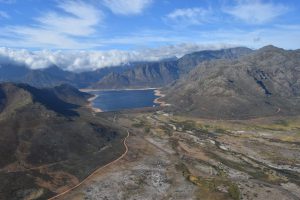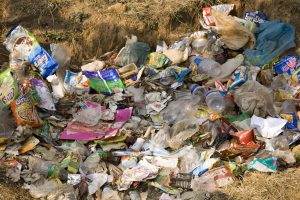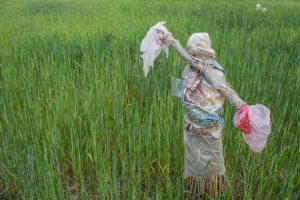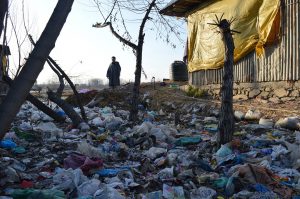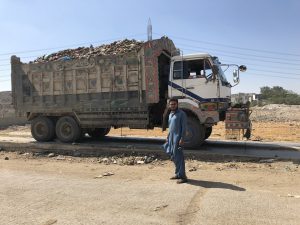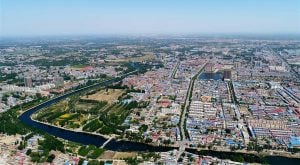Bhutan is caught in an increasingly fragile balancing act. The country aims to build 10-12,000 MW of hydropower – mostly for export to India. These dams are the bedrock of its economy and part of ambitious plans to stay a “carbon negative” nation.
Meanwhile, concerns are growing around the impact of dams on Bhutan’s biodiversity and pristine forests, on the local society and economy. Experts also question the safety of building so many projects in the fragile mountains of the Himalayas – particularly as the country shifts from light impact run-of-the-river dams, to larger scale reservoir dams.
Dawa Gyelmo spoke to Chhewang Rinzin, the managing director of Bhutan’s Druk Green Power Corporation, who recently received a contract extension in this very important position, about how the country can navigate its way through these murky waters.
The Third Pole (TTP): What are the environment costs of Bhutan’s dams? How will they affect vulnerable species?
Chhewang Rinzin (CR): Bhutan’s National Environment Commission (NEC) has some of the strictest guidelines on all activities associated with the construction of hydropower projects. These guidelines are in keeping with best international practices.
Of particular interest in Bhutan is the preservation of the habitats for the endangered white bellied herons and the golden mahseer. The [developers behind the] Punatsangchhu hydropower projects and the government are aware of the need to preserve their habitats and investments are being made to implement mitigation measures in the form of hatcheries and conservation centres.
There are emerging questions on the need to align project specific requirements to the larger national priorities. Dams and hydropower projects are being built to fulfill certain socio-economic development needs of the people who aspire for a better future. Water and energy security are also becoming critical considerations. The preservation of its pristine ecosystems and environment is at the core of Bhutan’s sustainable development policy. Unless the environment concerns are addressed appropriately, confidence in hydropower projects could be eroded. A balanced approach to development is something that Bhutan is pursuing with some success.

CR: Over the last couple of decades, there has been a lot of discussion on what should constitute the level of environmental flows [the amount of water in a river] and how to preserve fish habitats and migration should a dam get built. There is also a growing acceptance of the need for catchment area “cumulative” environmental assessments and mitigation measures, rather than project specific assessments and measures.
A first attempt to provide a fish ladder has been made for the Kurichhu project. The fish ladder is a success in that there is fish migration, but the adequacy of the fish ladder will need to be ascertained. Considering the deep and steep ravines, fish ladders might not always be a solution. In the Punatsangchhu and Mangdechhu projects, concerted efforts and investments are being made to specifically address such concerns.
In the case of the Tala and Dagachhu projects, the streams flowing into the rivers just below the dams are, for the moment, considered sufficient for catering to the minimum flows required to safeguard biodiversity downstream of the dams. Bhutan is in the process of adopting minimum environmental flow regimes to be released from the dams notwithstanding such other inflows into the rivers downstream of the dams.
Bhutan only has four operating dams at present with three more under construction. Of course, there are more dams under consideration. Other countries have made successful ventures out of using dams and reservoirs for fisheries. By any international standards, Bhutan is ensuring that all efforts and investments are being made into preserving the riverine biodiversity that might otherwise be affected by its dams.
TTP: What are the impacts of climate change on Bhutan’s dams?
CR: Climate change is unlikely to affect the physical aspects of Bhutan’s dams. Today’s design and engineering of dams take into consideration seismicity, glacier melt, and flash floods. But having said that, it is a grave concern that global warming and climate change could impact hydrological flows in the rivers and this could subsequently impact the electricity generation and therefore the economic viability of investments made in hydropower projects. It is definitely observed that the glaciers are receding and snowfall during the winter months is rare.
There is a lot of interest as to what happens to the Third Pole [the glaciers in the Himalayan region contain the most ice after the South and North Pole] with global warming and climate change. Recent studies (including the IPCC report) predict that the monsoons might actually bring more rains and that there could actually be an overall increase in river discharges. The monsoons, however, might be quite intense and there could be a risk of cloud bursts and flash floods, which could lead to natural disasters.
A forecast of more intense monsoons and higher discharge makes a strong case for dams with reservoirs in the long term. While the June 2013 cloudburst and ensuring disasters in Uttarakhand is often blamed on dams, sometimes we forget that had the Tehri dam not been there, the disaster could have been much more severe downstream of the Tehri dam.
During Cyclone Aila in May 2009, the Wangchhu river also swelled suddenly from 31 cubic metres per second (cumecs) to 2,415 cumecs as depicted below at the Tala dam. 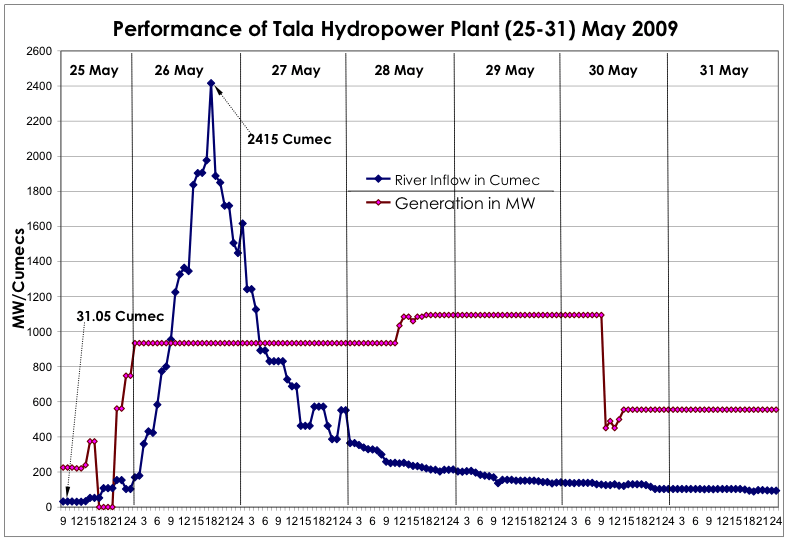
Had a dam like Tehri been built on the Wangchhu, much of the damage downstream might have been averted. Large dams with reservoirs also have multiple benefits beyond water and energy security such as flood control, irrigation, tourism, fisheries and navigation.
TTP: Given how fragile the mountain ranges are, is it safe to have too many dams on one river? For example Punatsangchhu River, which already has two major dams and Sunkosh is also planned.
CR: Looking at developed countries in Europe and in the Americas, construction of dams in a cascade does not seem to create actual physical problems with the dams. In actuality, these developed countries use a cascade of such dams to manage river discharges in a manner to optimize water availability for energy generation, drinking water, irrigation, fisheries, navigation, flood control, and meet the environmental flow requirements for the downstream flora and fauna. While a few older dams are being decommissioned, many more new dams are being built in these countries.
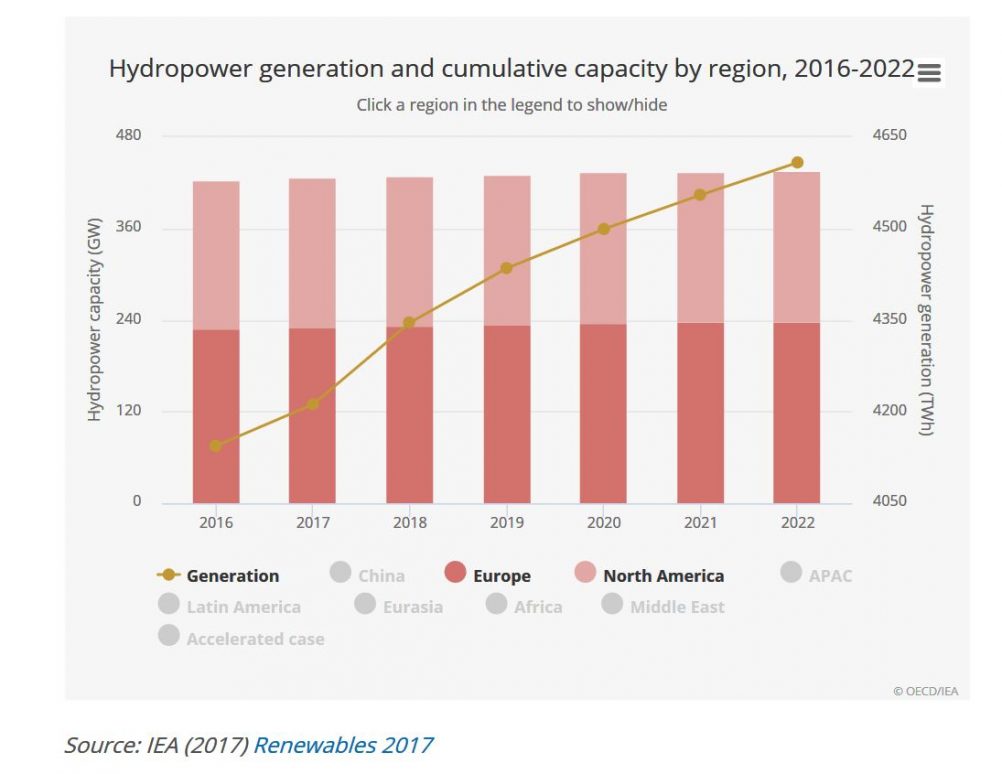
Bhutan only has a few dams today. But of course, we are now building the Punatshangchhu 1 and 2, the Mangdechhu and the Kholongchhu projects. These are all run-of-river schemes. It is planned to build the Sankosh project that would create the first reservoir in Bhutan. The detailed project reports for the Kuri Gongri are being taken up. A pre-feasibility study has been completed for the Manas project.
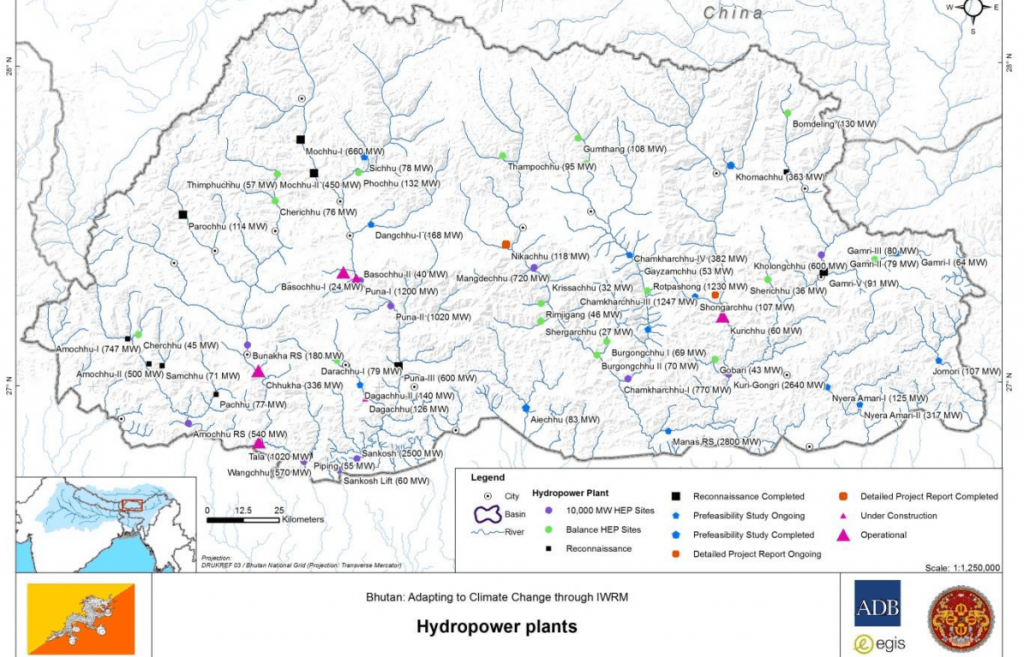
Care must be taken to ensure that the dams are designed, engineered and constructed so that they do not fail. The safety and integrity of the dams being built in Bhutan receive a lot of attention to ensure every safeguard against all eventualities, and consideration given to seismicity and the young and fragile Himalayan geology.
TTP: Bhutan has seen constant, high, flooding in recent years? If one dam is flooded, how will it affect other dams on the same river?
Over the period where records are available, Bhutan has experienced normal floods. Even the floods following Cyclone Aila in 2009 could be considered as a recurrence of past floods. In an age of information, such floods are otherwise being construed as high compared to earlier ones, but the data does not support such conjecture.
Recorded hydrological data does not show any significant changes in the river discharges as depicted below for the Wangchhu over the last decade.
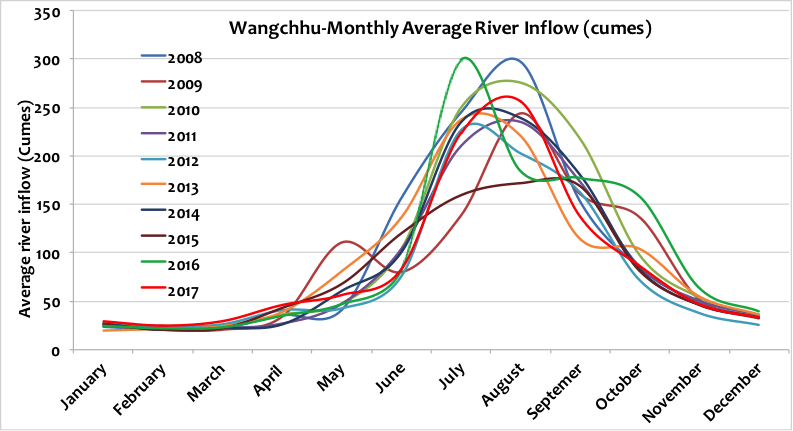
The dams in Bhutan are being built to cater to much higher levels of probable maximum floods considering the probability of a glacier lake outburst. In case of, god forbid, a dam failure, the management of river discharge could be much better coordinated within a cascade of dams.
Normal floods, of course, would be easier to regulate [with dams]. Should there be an extreme flood for which the dams are not able to provide storage for, there would be flooding downstream with or without dams.
TTP: The Indian government has said that they have a power surplus. With such statements coming from the only electricity importer of Bhutan, what is your plan? Will the electricity market be hampered?
CR: India has recently enjoyed a surplus in electricity generation with even some small exports to Bangladesh and to Nepal. However, India still has a huge demand coupled with its plans for a very vibrant economy. India’s energy capacity demand is projected to reach 1,250,000 MW by 2030 while generation capacity might touch only 725,000 MW by then. India is also pursuing a very aggressive wind and solar policy under its commitment to renewable energy to combat global warming and climate change. India will need all the hydropower capacity that Bhutan could generate, if not for the base load, then definitely for meeting the huge balancing power requirements for a stable grid with solar and wind power.
Considering India’s emerging energy markets, Bhutan is slightly shifting its priorities away from run-of-river to reservoir schemes. Sankosh and Kuri Gongri are reservoir schemes that could complement India’s investments in solar and wind renewables. Whatever Bhutan could inject into the Indian grid from its realistic 10,000-12,000 MW generation capacity addition by 2030 would be a very small proportion. The present generation surplus in India is therefore unlikely to hamper the market for Bhutan’s hydropower.
With talks on sub-regional and regional grid integration, there could also be opportunities for Bhutan’s electricity to flow elsewhere, especially Bangladesh.
TTP: The major part of Bhutan’s debt burden comes from building the dams. How quickly will it be dealt with?
The hydropower sector sustains the Bhutanese economy on its own. The loans are serviced from the revenues from electricity sales. The Chhukha and Kurichhu loans have already been paid off. The loan for the Tala project will be liquidated by the end of 2018.
The government has never had to intervene and inject funds to service the debt financing provided to these hydropower projects. On the contrary, today revenues in the form of taxes and dividends from the hydropower sector accounts for at least 27% of the revenues to the government.
With more hydropower projects under construction, there is of course the growing level of debt. There is also concern that the mode of financing has changed somewhat with increasing debt vis-à-vis the grant component for projects that are financed by the Government of India, which is by far the biggest partner in Bhutan’s hydropower development. There is also concern that some of the projects are delayed and project costs are escalating. Still, when compared to similar hydropower projects built in India and elsewhere, the costs are comparable and therefore Bhutan’s hydropower should continue to be able to service the loans and pay taxes and declare dividends to the government. After all, these are commercial investments being made in hydropower.
TTP: Should Bhutan look at other options, including micro hydro projects, or solar, for villages off the grid, which also have limited environmental impact?
CR: Bhutan has been extremely successful in reaching grid extension and electricity supply to even the remotest parts of the country. Over 99.7% of the households in Bhutan have access to grid power supply. Therefore, there is no need for Bhutan to pursue micro hydro projects or solar or for that matter wind for providing off-grid power supply as in the case of some other countries in the region. While costs of solar PV have been falling, cost of electricity from wind and micro hydro continues to remain high. In Bhutan, grid supply remains the cheapest source of electricity.
In a few of the very remote areas where grid supply is not possible and could have environmental impact due to long transmission lines, micro hydro still continues to be explored but that is limited to just a few locations.
TTP: What is the future of hydropower for Bhutan?
CR: With the evolving energy markets in India and the region, and the priorities being placed on developing wind and solar resources in the region, the opportunity for Bhutan’s hydropower will always be there. There is definitely a need to give more priority to reservoir schemes to meet the balancing power that the evolving energy markets would need in the future. There is also a need to continue to remain tariff competitive against other forms of energy. Therefore, Bhutan will need to continue to ensure timely completion of projects and within reasonable costs.
There is also a need to consider a wider benefit from the hydropower sector to the Bhutanese at large – from employment to contracts to supplies – especially during the construction stages.
While Bhutan considers hydropower the cornerstone of its economy, there is the need to further diversify its economic base and also diversify within the hydropower sector to add value and to generate employment.
Above all else, Bhutan needs to consider hydropower development at a pace that it is comfortable with and along the way, ensure that its people derive the maximum benefits from this very important resource long into the future. This will mean the sustainable harnessing of the hydropower resource that will depend largely on how Bhutan manages its watersheds and protects and preserves its pristine environment and eco-systems.
![<p>Druk Green Power Corporation team at the Takti waterfall near Chukha project [image courtesy Chhewang Rinzin]</p>](https://dialogue.earth/content/uploads/2016/11/Bhutan-dam-CR.jpg)

